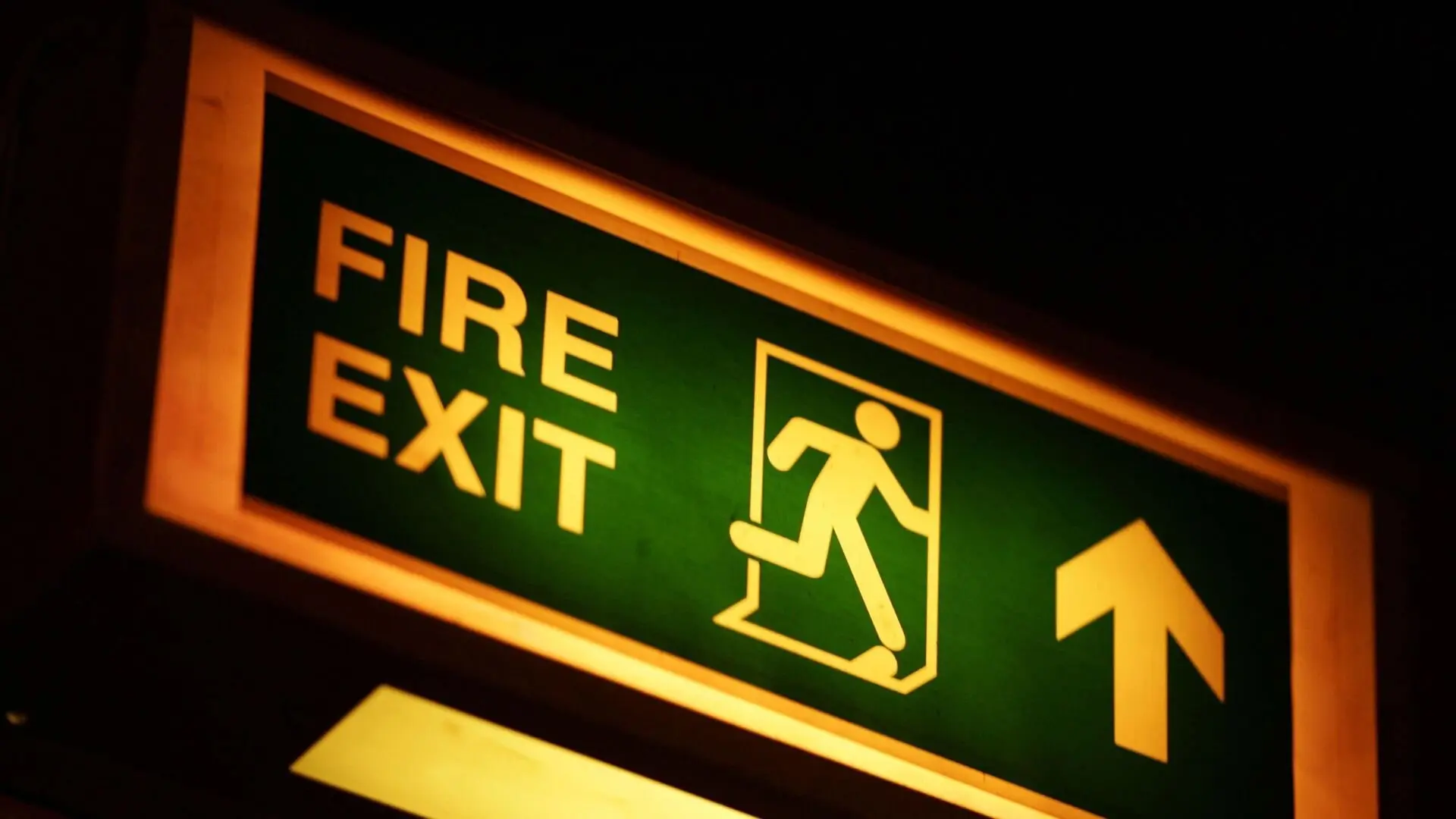
Get your free Melbourne Electrician quote today!
Our team of Melbourne Electricians is here to help you with any questions or concerns you may have. We’re committed to providing you with the best possible service and support.
Exit and emergency lighting plays a vital role in ensuring safety during emergencies, but failing to meet building codes can lead to significant penalties. Discover essential guidelines and practical tips to keep your lighting compliant and protect your property from fines.
How sure are you that your building’s exit and emergency lighting actually meet Australian building codes? It’s not just about ticking boxes—compliance is crucial for keeping people safe and steering clear of hefty fines or legal headaches.
In this guide, we’ll break down the must-know aspects of compliance, from building codes and lighting placement to maintenance and testing protocols.
Meeting Building Code Requirements
When it comes to exit and emergency lighting, Australian building codes don’t mess around. The National Construction Code (NCC) and Australian Standards AS 2293 lay down strict guidelines to make sure that escape routes are easy to spot and well-lit in an emergency. Sticking to these rules isn’t just about avoiding fines—it’s about keeping people safe when it matters most.
If your building doesn’t comply, you’re not only risking hefty fines but also taking on extra liability—especially if something goes wrong during an evacuation. These standards exist for a reason: to make sure that emergency lighting actually works when it’s needed most.
Ignoring them could put lives at risk and land you in serious legal trouble.
Essential Features of Compliant Exit and Emergency Lighting

Neglecting Routine Maintenance
One of the biggest mistakes people make is skipping routine maintenance. That’s a surefire way to end up with lights that don’t work when you need them most.
Whether it’s dead batteries, burnt-out bulbs, or malfunctioning fixtures, neglecting maintenance can put lives at risk during emergencies. Outdated or non-compliant fixtures are another headache waiting to happen.
The best way to dodge these issues is to stick to a regular inspection schedule and sort out any problems as soon as they pop up.
Improper Installation
Improper installation is another common pitfall—it can mess with visibility and make your emergency lighting pretty much useless. If signs and lights aren’t positioned correctly, they may be hidden by obstacles or too dim to see clearly in an emergency.
Getting the job done by licensed pros is the safest bet to make sure everything’s up to standard. Professional installers know how to place lighting strategically, ensuring that signs are clearly visible and evenly spaced.
Falling Behind on Code Updates
Regulations aren’t set in stone—they change from time to time. Staying on top of code updates helps you avoid nasty surprises down the line.
Whether it’s new technology requirements or changes to lighting placement rules, staying informed is essential. Subscribe to industry bulletins or consult with compliance experts regularly to make sure you’re not caught off guard by new compliance rules.
Poor Record-Keeping
Keeping accurate records of maintenance and inspections is essential for proving compliance. Yet, it’s surprising how many building managers overlook this step. A well-organised log that documents each inspection, any faults found, and how they were fixed is not just good practice—it’s a safeguard if your compliance is ever questioned.
Cutting Corners with Budget Maintenance
Trying to save a few bucks by cutting corners on maintenance or opting for the cheapest fixtures is a risky move. While it might save you money upfront, it could end up costing much more if non-compliant lighting leads to fines or legal issues. Invest in quality fixtures and prioritise regular upkeep to avoid costly mistakes.
Stay Compliant with Expert Assistance
Keeping up with building codes and staying compliant isn’t always straightforward. That’s where having experts on your side makes all the difference. At WP Electrical, we take the hassle out of compliance by offering a complete range of services—from professional installation to ongoing maintenance and inspections. Whether you’re setting up new lighting or keeping existing systems in top shape, we’ve got you covered.
Our team knows the ins and outs of Australian building codes, so you don’t have to worry about staying up to date. We’ll tailor our solutions to match your property’s unique needs, ensuring everything meets the highest standards. With WP Electrical on the job, you can relax knowing your exit and emergency lighting is in safe hands.
Don’t wait until a compliance issue catches you off guard. Reach out to us today and let WP Electrical take care of your lighting needs with the expertise and reliability you can count on.
Published by: Pascal Harb17 October 2025